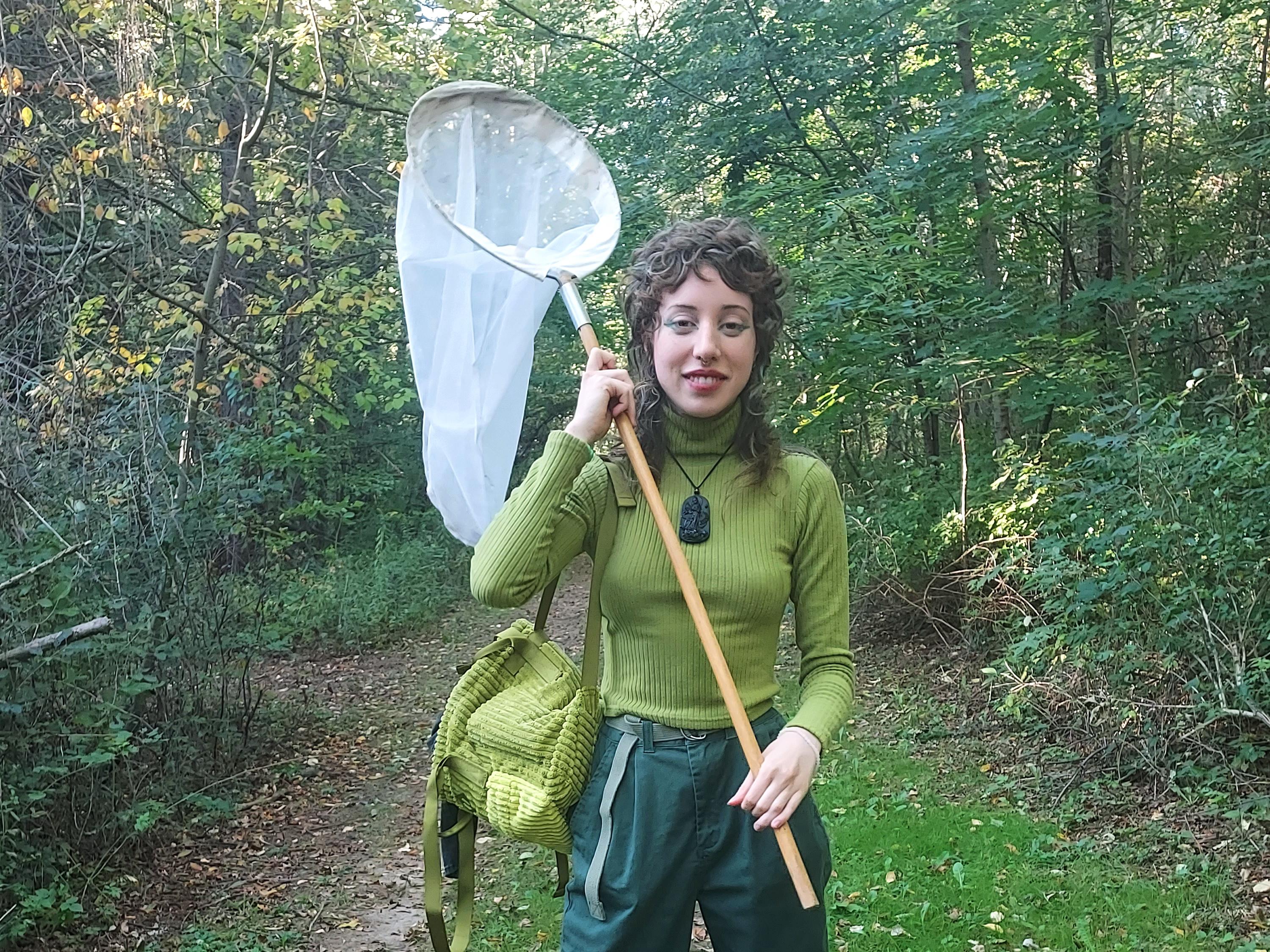Senior zoology major Danielle Marichal will survey the damage done by an invasive species, and track another species introduced to contain them, thanks to a campus grant.
Marichal’s project titled “Surveys of the Emerald Ash Borer and Its Introduced Parasitoids in Oswego, NY” received funding from a Student Scholarly and Creative Activity Grant from the university's Scholarly and Creative Activity Committee (SCAC).
Marichal’s faculty mentor is Karen Sime, who introduced the idea to Marichal and provide guidance through the entire process.
“The emerald ash borer beetle was accidentally introduced from Asia to the United States and has since exploded,” Marichal said. “They go for ash trees and there’s a bunch of species here and specifically there are species at the Rice Creek Field Station that are being mowed down by these beetles, the larva specifically.”
Because pesticides can be problematic, scientists began looking into biocontrol, which is the introduction of a natural enemy that will not disrupt the ecosystem in any other ways.
“In Asia, where the beetles are native to, there are four species of parasitoid wasps that directly kill the emerald ash borer eggs,” Marichal said.
These wasps are able to be introduced into the country by the United States Department of Agriculture (USDA) because they do not go after any species native to the U.S. They are essentially programmed to only go after the emerald ash borer beetles. Rice Creek Field Station is one of the places the wasps have been introduced.
“It’s been shown that these wasps effectively control the beetles,” Marichal said.
Marichal’s proposal involves surveying both the wasp species and the ash trees.
“I’m doing a survey of the dispersal and the proliferation of the wasps,” Marichal said. “So I’m going to be building yellow pan traps around three miles outside of Rice Creek Field Station, which I’d say is about the origin where the wasps had been released.”
Marichal will catch the wasps to count them and see how far they have spread. During this survey, she will also be able to see if the wasps have been able to breed and populate the area.
“I’m going to be doing a survey of the ash trees in Rice Creek,” Marichal said. “What I’ll be doing is I have a rating system that I created from zero to four and I’m going to be sampling the ash trees and seeing the damage that’s been done already to kind of set groundwork for the continued research at Rice Creek.”
The ash trees in the United States do not have the ability to adapt to the threat of the beetles, so by introducing the wasp species, the beetles will be taken care of and the trees will no longer be affected, Marichal said.
“I’m going to be building the yellow pan traps and from August to October, I’ll be setting them up and sampling and that’s kind of when the wasps are at their peak,” Marichal said.
After she collects the wasps, she will look at them under a microscope to ensure that they are the correct wasps. The whole survey will follow USDA guidelines.
–- Written by Gabrielle Kroeger of the Class of 2023




